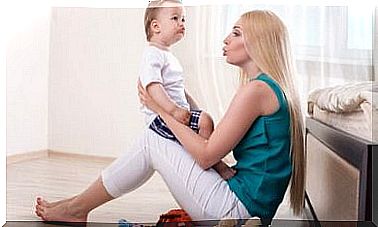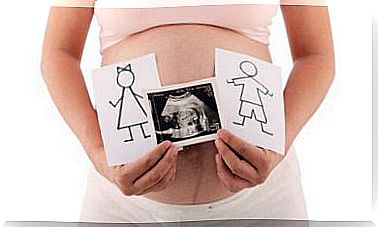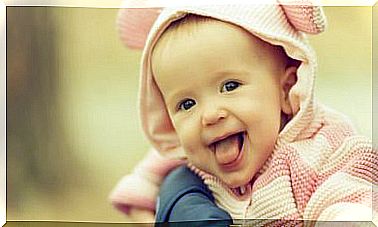What Is The Difference Between Night Terrors And Nightmares?
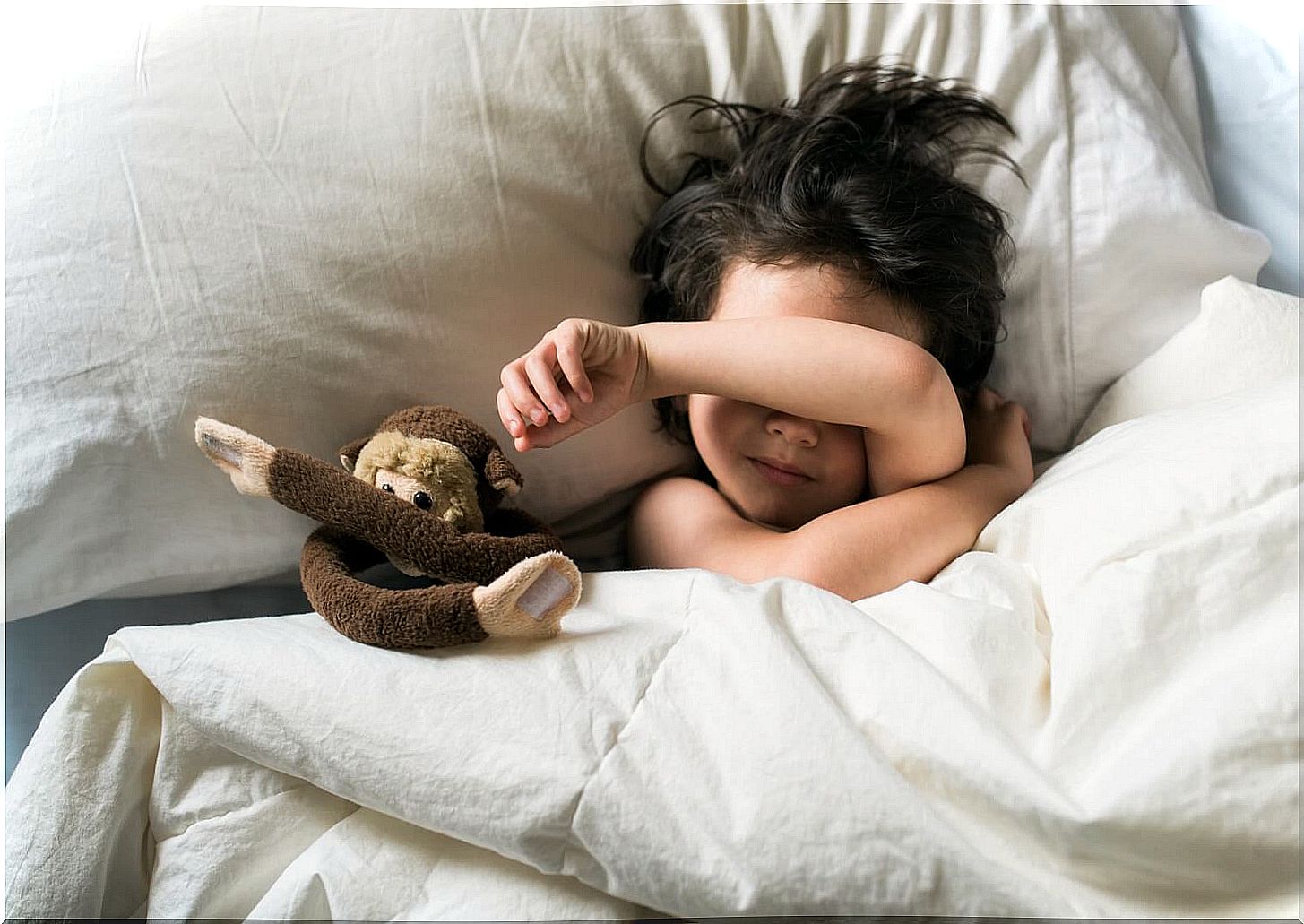
How can you tell the difference between night terrors and nightmares ? Does your child not sleep well at night and you don’t know what to do about it? Does it wake up screaming or sleepwalking and having nightmares?
During sleep, children and adults go through different phases in which night fears or nightmares can occur. Today we explain the difference to you.
The night fear is mysterious. It is an inexplicable disorder that can occur when your child is in their deep sleep. Most likely, your child was terrified at night when they wake up crying or sit frozen in their bed.
There are also cases in which the child has his eyes open and appears awake but is actually still deeply asleep. It is then not aware of its surroundings.
Night terrors are not very common and only occur in a small percentage of all children. This is around 3% – 6% worldwide.
Even if some children get night anxiety as early as 18 months, they usually only appear between the ages of four and five.
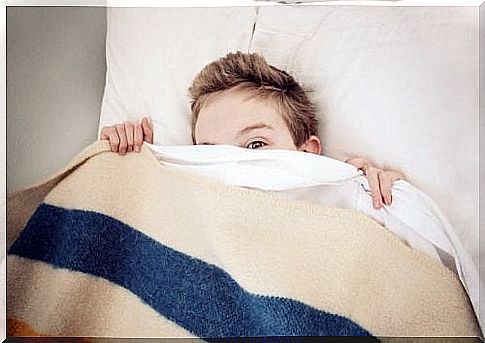
The difference between night terrors and nightmares
Nightmares are sometimes mistaken for night terrors. But they are very different sleep problems.
Nightmares occur in the REM phase, namely when we are dreaming. If your child is having a nightmare, when they wake up they will very likely remember what they dreamed and what made them so afraid.
In contrast, night fear occurs outside of the REM phase. A child experiences it when it is still in the transition phase to sleep.
It can last just a few seconds or several minutes. Since night anxiety occurs outside of the REM phase, your child is usually unaware of what is happening. It wakes up and is scared without remembering what it dreamed and what triggered that fear.
What are the reasons and symptoms of night terrors in young children?
Reasons for night terrors
Your child’s night terrors can be triggered by a number of different things. We have put some of them together for you.
- Illness or fever
- Stressful situations during the day
- Bad sleep or not enough sleep
- An anesthetic for an operation
- Drugs that affect the brain or central nervous system
Signs your child has night terrors
Night terrors are more common in preschoolers. They usually occur during deep sleep, usually right after the child falls asleep.
You know your child has night terrors if you notice any of the following symptoms:
- Uncontrollable crying,
- Punches, kicks or screams or
- a frightened expression.
- It seems like your child is struggling in their sleep.
- Your child is shivering, sweating, or breathing very quickly when they sleep.
- It doesn’t recognize you even when its eyes are open.
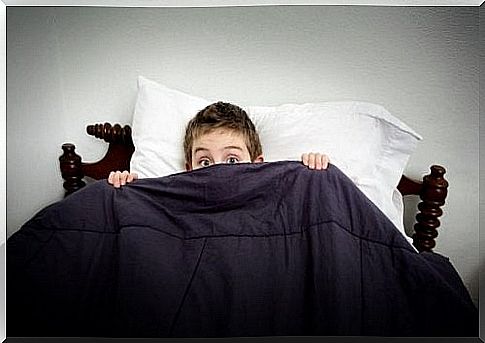
Night fears can last for several minutes. In rare cases even up to 45 minutes.
After your child wakes up from their nighttime fear, they can usually go back to sleep peacefully. The next morning, it has no memory of what happened.
However, if your child has a nightmare, it will be difficult for them to fall asleep again. The fear of the dream keeps it awake. The next morning it will still remember details from its dream.
With nightmares , it’s important to reassure your child that it was only a dream and that they are safe with you. With night terrors, you should come to his aid without waking him up unnecessarily.
Move out of their reach anything that could injure themselves during their night terrors.
Now you know the difference between night terrors and nightmares and can stand by your child.
